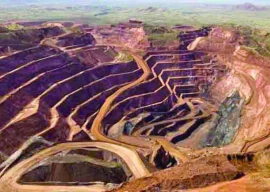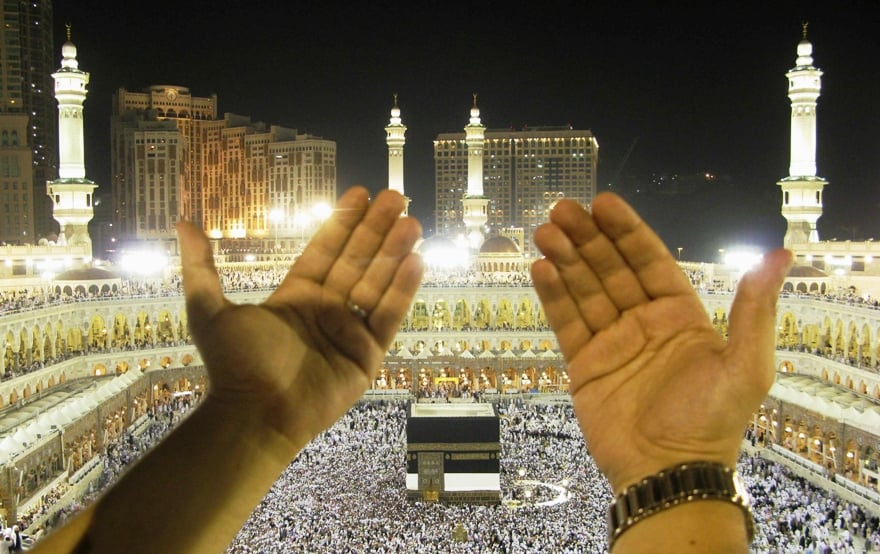
Land is the largest source of income generation in Karachi’s shadow economy, which can foster more informal and illicit activity, according to a study by the United States Institute of Peace (USIP), released on May 3.
Written by economist Asad Sayeed, journalist Khurram Husain and former central banker Syed Salim Raza, the study examines the evolution of informality in Karachi’s land, manufacturing and transport sectors while drawing on field research conducted by the USIP between December 2014 and April 2015.
Karachi — A non-inclusive and fractured urban landscape
The study notes that high-income residents of Karachi, while constituting a smaller percentage of the population, occupy a greater portion of land. As much as 27% of land in Karachi is used for formal residential areas. In contrast, only 8.1% of the land is used for informal residential areas catering to more than 50% of the population. An estimated 55% of Karachi’s population lived in unplanned or partially planned areas in 2012. As a result, there are now 2,800 people per hectare in Karachi’s informal residential areas versus 200 people per hectare in elite residential areas, it says.
Calling for the formal recognition of Karachi’s low-income katchi abadis (KAs), the writers say it will release “locked” equity value for house owners by allowing them to borrow against proper title deeds. As a result, they will be able to build additional floors and further expand their businesses, potentially leading to increased income and employment at the grassroots level.
Economic progress linked with peace in Karachi, says army chief
While KAs’ property values have been rising steadily, owners cannot unlock any monetary value from the capital accrued in their homes, the study notes. “Borrowing against home mortgages would enable them to upgrade and expand their properties or leverage their businesses. Such financing could thus play a strong role in raising incomes and wealth at the grassroots level and contribute to overall stabilisation of the city,” it said.
Currently, banks do not finance KA properties because of a lack of title deeds and planning permission. An entire settlement must gain official sanction i.e. regularisation from the land-owning authority concerned - before title deeds can be issued for a KA property.
The study says the price of a standard 80-100 square-meter KA property has been increasing along with demand and currently equates to seven years of income for the average low-income wage earner. The accepted industry ratio for affordability is considered to be four years of income, which was the case in Karachi a decade ago. Consequently, more people are now renting and, depending on the area, 33%-50% of the housing units may be rented in KAs, it says.
Pakistan’s economy is back on track, says top US magazine
The writers conclude that total KA properties are worth around Rs500 billion, assuming an average (conservative) price of Rs600,000. “Even if half of this property were to be used as collateral for debt (at a 50% loan-to-value), Rs125 billion could be unlocked for home or business expansion,” they note.
Noting that individual KA units will need title deeds for bank lending to commence, the writers say a pooling of borrowers will expand coverage in the case where individual loans are small and do not meet the banks’ income criteria. Highlighting the fragmentation of landholdings across seventeen land-owning agencies and the provincial government’s overriding discretionary power as key impediments, the study notes that an empowered local government is indispensable to sustainable urban development.
“Karachi needs to have strong local representation and accountability and its own ‘funds, functions, and functionaries’ to build the accessible system of governance the city requires for its stability and prosperity,” it said.
Published in The Express Tribune, May 8th, 2016.
Like Business on Facebook, follow @TribuneBiz on Twitter to stay informed and join in the conversation.























COMMENTS (14)
Comments are moderated and generally will be posted if they are on-topic and not abusive.
For more information, please see our Comments FAQ